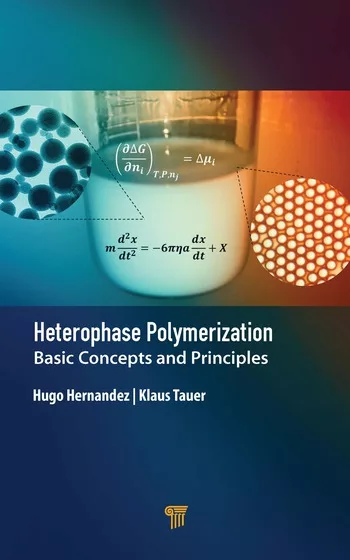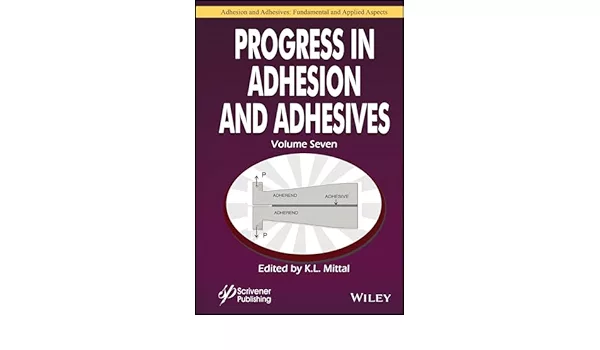Ask Dr. Dave
Adhesives and sealants troubleshooting tips from Dr. Dave Dunn.
Question: We have been hearing a lot about modified silicone (MS) sealants recently. How are they different from conventional sealants?
Answer: MS sealants are 100%-solid systems with no solvents, and they have actually been available for many years. MS sealants dominate the market in Japan, where they were invented in the late 1970s. They have been described as a kind of hybrid sealant with some similarities (but also a lot of differences) to silicones or polyurethanes. The original versions of these sealants use a polyether backbone polymer with silyl end groups, which give them similar properties to a polyurethane, but they cure using the same mechanism as silicones (by the reaction of atmospheric moisture with the silyl end groups).
These sealants were classified by the Japan Sealant Industry Association as modified silicone sealants, and this term seems to have become accepted worldwide. It is an unfortunate description, however, because the term silicone should be used for polymers with exclusively a silicon-oxygen-silicon backbone. These sealants really should be called silane-modified polyether or silyl-terminated polyethers. Similar U.S.-developed technologies have an actual polyurethane polymer backbone with silyl end groups, and have been correctly called silane-terminated polyurethanes.
The formulated sealants offer many of the benefits of polyurethanes, particularly in construction applications, with good adhesion to many surfaces and excellent paintability. They are non-staining to surfaces and, unlike polyurethanes, do not contain isocyanates, which are hazardous irritants and can cause undesirable sealant foaming. They will never compete with silicones where high temperature resistance is required and apparently do not have sufficient UV and weathering resistance to be used in window glazing applications, an area where silicones have an outstanding track record. These sealants have achieved good market penetration in Europe and are making good progress in the U.S., although the dominance and market acceptance of silicones and polyurethanes is somewhat of a barrier.
Question: We have been hearing a lot about modified silicone (MS) sealants recently. How are they different from conventional sealants?
Answer: MS sealants are 100%-solid systems with no solvents, and they have actually been available for many years. MS sealants dominate the market in Japan, where they were invented in the late 1970s. They have been described as a kind of hybrid sealant with some similarities (but also a lot of differences) to silicones or polyurethanes. The original versions of these sealants use a polyether backbone polymer with silyl end groups, which give them similar properties to a polyurethane, but they cure using the same mechanism as silicones (by the reaction of atmospheric moisture with the silyl end groups).
These sealants were classified by the Japan Sealant Industry Association as modified silicone sealants, and this term seems to have become accepted worldwide. It is an unfortunate description, however, because the term silicone should be used for polymers with exclusively a silicon-oxygen-silicon backbone. These sealants really should be called silane-modified polyether or silyl-terminated polyethers. Similar U.S.-developed technologies have an actual polyurethane polymer backbone with silyl end groups, and have been correctly called silane-terminated polyurethanes.
The formulated sealants offer many of the benefits of polyurethanes, particularly in construction applications, with good adhesion to many surfaces and excellent paintability. They are non-staining to surfaces and, unlike polyurethanes, do not contain isocyanates, which are hazardous irritants and can cause undesirable sealant foaming. They will never compete with silicones where high temperature resistance is required and apparently do not have sufficient UV and weathering resistance to be used in window glazing applications, an area where silicones have an outstanding track record. These sealants have achieved good market penetration in Europe and are making good progress in the U.S., although the dominance and market acceptance of silicones and polyurethanes is somewhat of a barrier.
Links
Looking for a reprint of this article?
From high-res PDFs to custom plaques, order your copy today!






